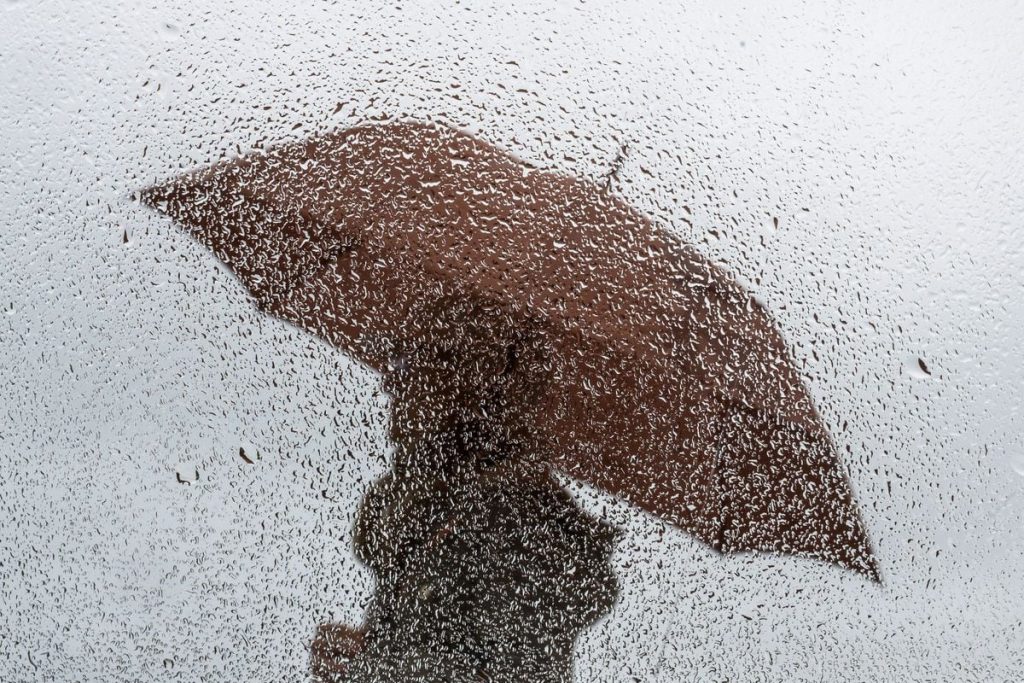This weekend, a weather phenomenon known as a “dana” – an isolated depression at high levels, a pocket of air in high atmospheric layers – in the south of the Iberian Peninsula will bring thunderstorms, especially in the southern mountains of Extremadura, Castilla-La Mancha, and Andalusia. Showers could be heavy and hail is possible, according to the State Meteorological Agency (Aemet) spokesperson, Rubén del Campo. Rain is also expected in Ceuta and Melilla, with temperatures ranging between 20° and 25° across most of the country. However, next week there will be a significant drop in temperatures due to the arrival of cold air from high latitudes, with temperatures 5° to 10° below normal, more akin to late February or early March.
On Friday, clouds will develop in the south of the Peninsula, with thunderstorms expected in southern Extremadura, northern Andalusia, and southern Castilla-La Mancha, potentially strong in some areas. Additionally, there may be some drizzle along the Mediterranean coast. Temperatures will rise notably in the north and fall in the southeast, with Ourense, Seville, and Córdoba expected to be the warmest cities at 28°. The weather will be even more unstable on Saturday in the southern part of the Peninsula, with thunderstorms forecasted in the mountains of Andalusia, southern Extremadura, and southern Castilla-La Mancha, possibly accompanied by hail. Showers, combined with dust, are expected in Ceuta and Melilla. Temperatures will rise in the north and east, with highs ranging between 20° and 25° in most of the country.
The arrival of the “dana” over North Africa on Sunday will continue to destabilize the weather in the south of the Peninsula and the autonomous cities. Ceuta and Melilla can expect thunderstorms, while the mainland will see cloud development and showers in Andalusia, western Extremadura, and parts of Castilla-La Mancha. Showers, some possibly stormy, are also possible in southern Aragon, eastern Castilla-La Mancha, and eastern Catalonia. The rest of the country will experience slightly cooler temperatures. The following week will start with a significant weather change due to the arrival of cold air, resulting in a notable temperature drop in the northern half of the country, especially in maximum temperatures. Rain and thunderstorms are expected in the Cantabrian region, Pyrenees, northeastern Spain, and the Balearic islands.
The snow line in the Pyrenees and interior of Catalonia is expected to be low for this time of year, potentially dropping to 700 meters. Wind will intensify in the north and the Balearic islands, increasing the feeling of cold. This temperature drop will continue into Tuesday, affecting most of the country. Frost is expected in mountainous areas, the northern plateau, central plains, and the upper Ebro valley. Cities like Pamplona, Victoria, Burgos, Ávila, Segovia, and Soria will struggle to reach 10°. Rainfall will be weak in the far north, upper Ebro, Mediterranean area, and the Balearic islands, with slightly heavier rain in the eastern Cantabrian region and the Pyrenees. The possibility of snowfall outside mountainous areas in the east of the northern plateau and central plains is not ruled out.
By Wednesday, temperatures will start to recover, with frost limited to mountainous areas. In the second half of the week, Atlantic fronts are expected to bring rain, primarily in the northern half of the peninsula. In the Canary Islands, north winds will blow and some drizzle could occur in the northern islands. Temperature changes on Thursday will be minimal compared to the rest of the week.


